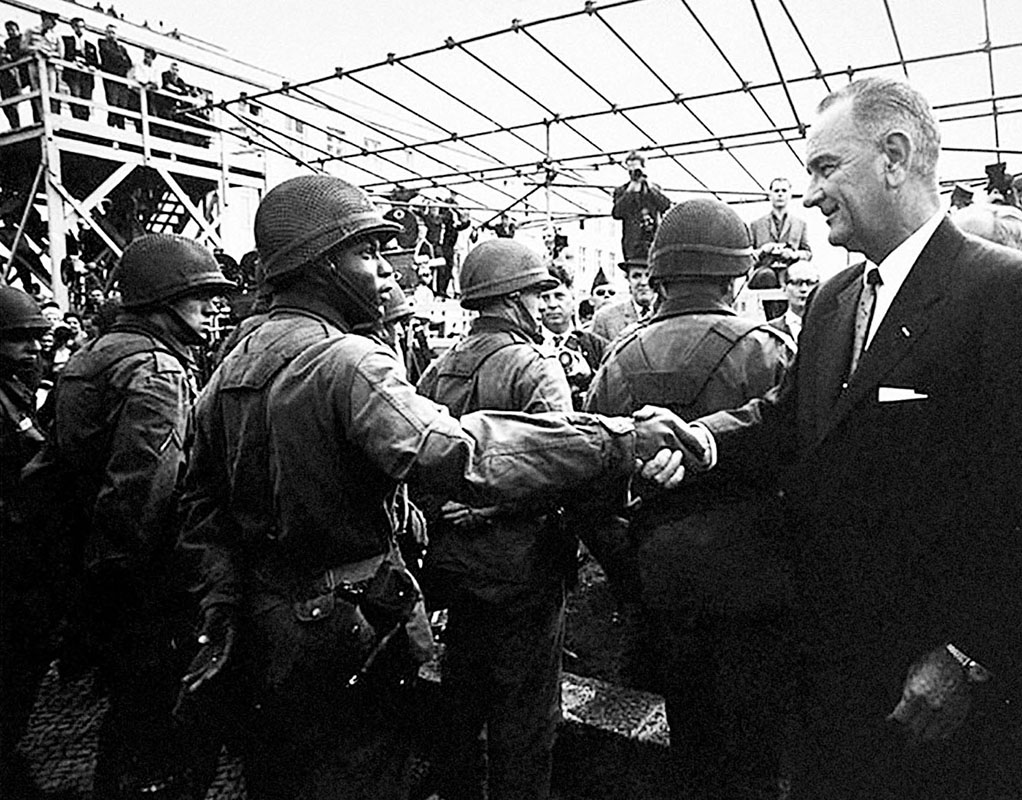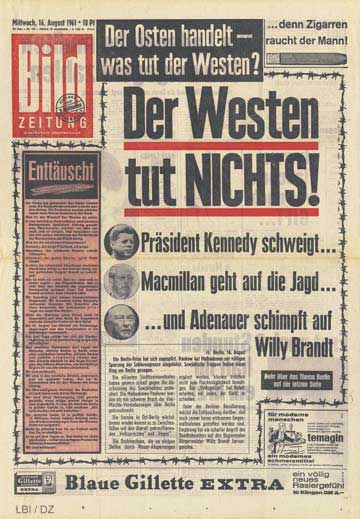

The First Division then helped to clear the St. The Soissons victory was costly – more than 7000 men were killed or wounded. The First Division took Soissons in July 1918. The first American victory of the war was a First Division victory. It was the 28th Infantry, who attacked the town, and within 45 minutes captured it along with 250 German soldiers, thus earning the special designation “Lions of Cantigny” for the regiment. To the Division’s front lay the small village of Cantigny, situated on the high ground overlooking a forested countryside.

In reaction to this thrust, the Big Red One moved into the Picardy Sector to bolster the exhausted French First Army. Two days later, the 2nd Bn., 16th Inf., suffered the first American casualties of the war.īy April 1918, the Germans had pushed to within 40 miles of Paris. 23, the first American shell of the war was sent screaming toward German lines by Battery C, 6th Field Artillery. At Lafayette’s tomb, one of General Pershing’s staff uttered the famous words, “Lafayette, we are here!” Two days later, July 6, the First Expeditionary Division was redesignated the First Division. On the 4th of July, the 2nd Battalion, 16th Infantry, paraded through the streets of Paris to bolster the sagging French spirits. Upon arrival in France, the Division, less its artillery, was assembled in the First (Gondrecourt) training area, and the artillery was at Le Valdahon. After a brief stay in rest camps, the troops in England proceeded to France, landing at Le Havre. Throughout the remainder of the year, the rest of the Division followed, landing at St. The first units sailed from New York and Hoboken, N.J., June 14, 1917. This date is the 1st Infantry Division’s official birthday. On Jit was officially organized in New York, New York. The First Expeditionary Division was constituted in May 1917 from Army units then in service on the Mexican border and at various Army posts throughout the United States.


 0 kommentar(er)
0 kommentar(er)
